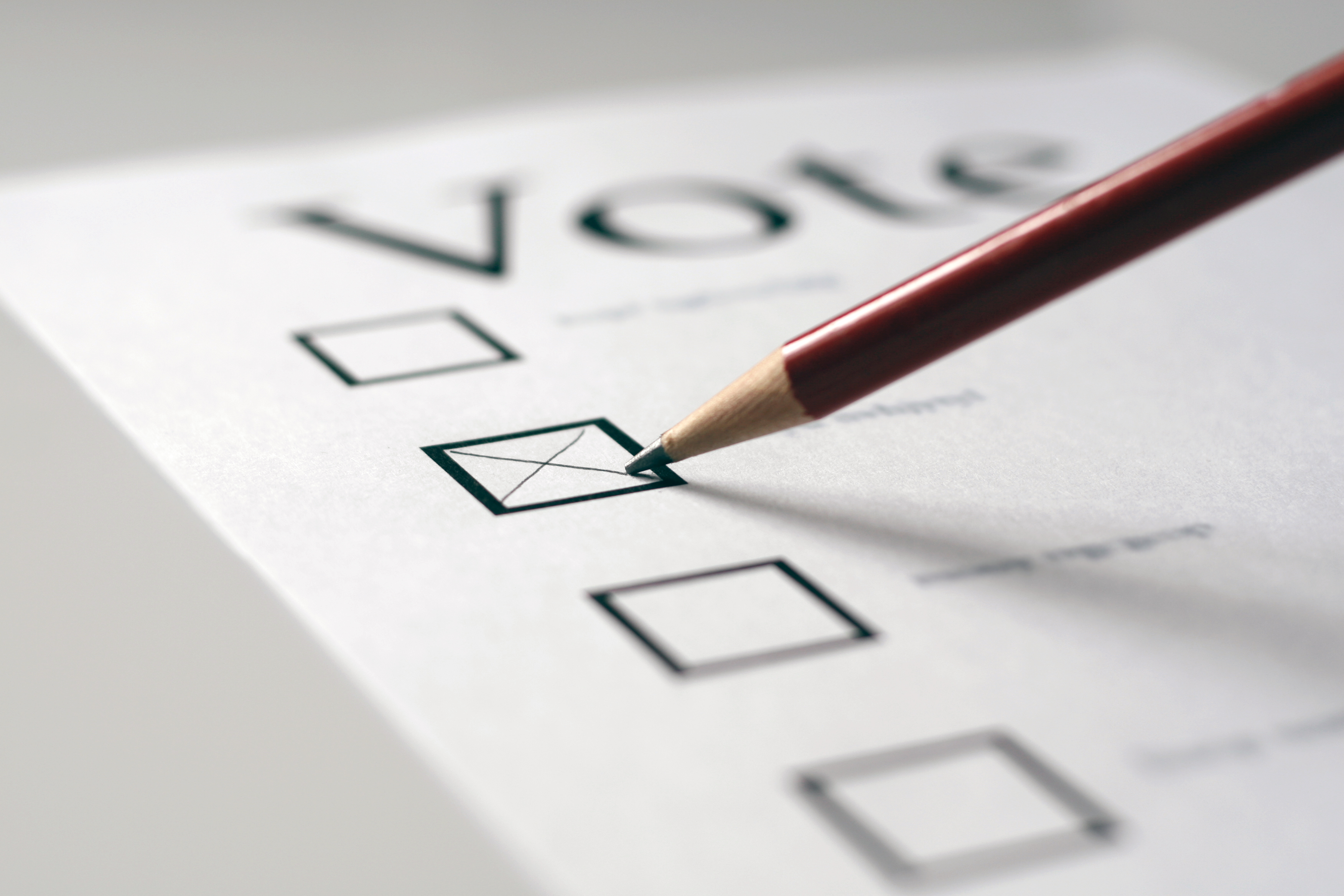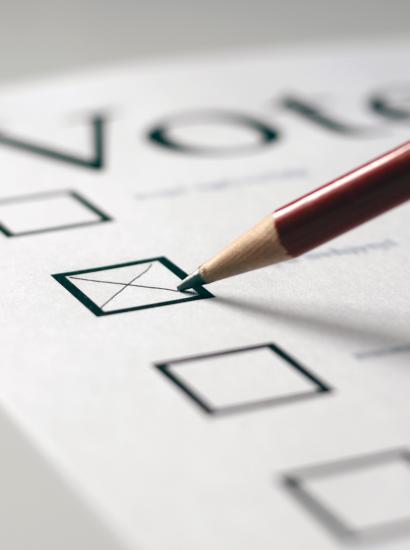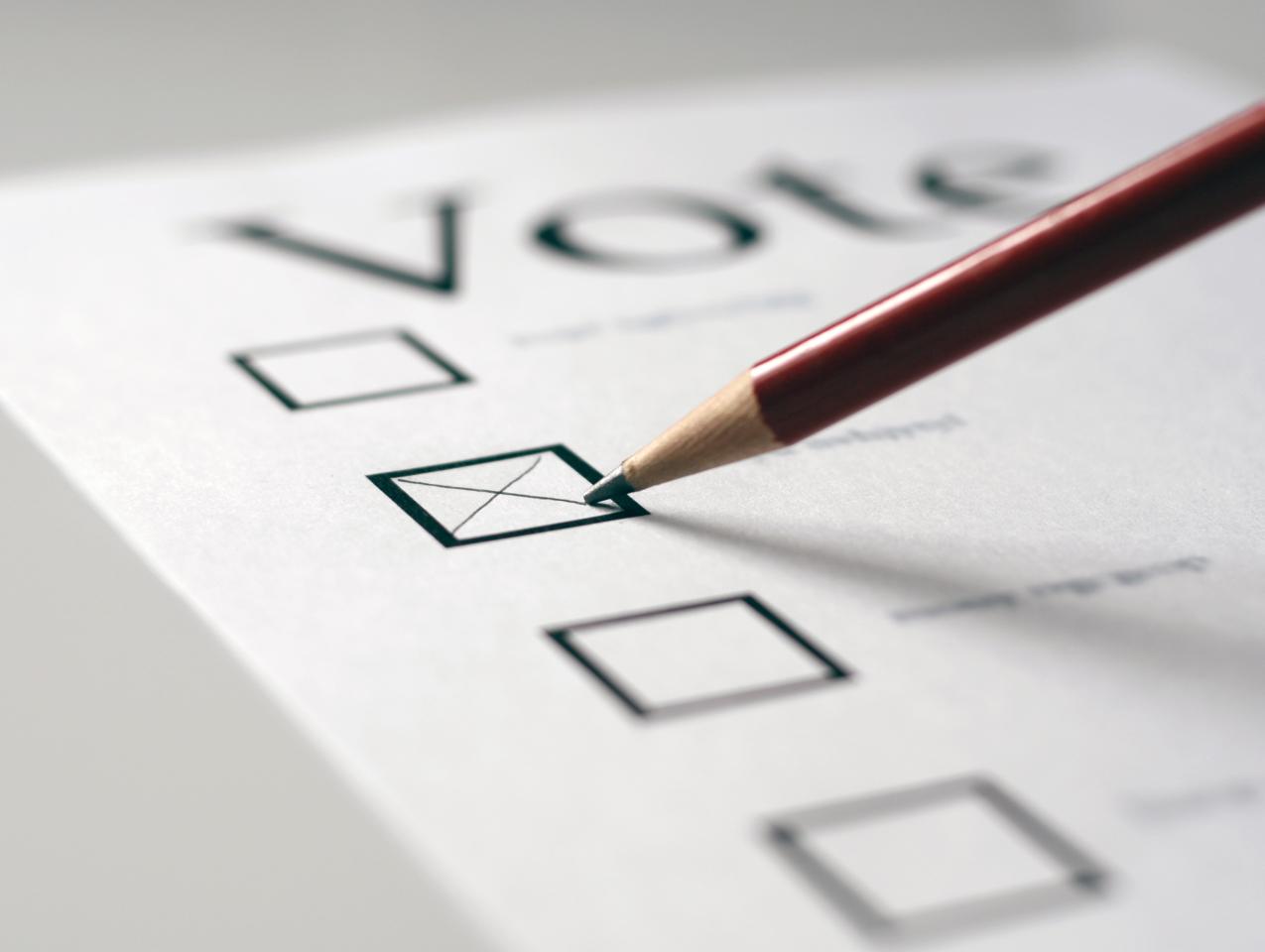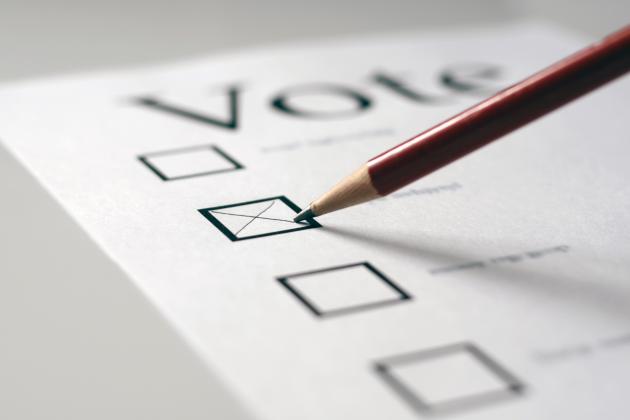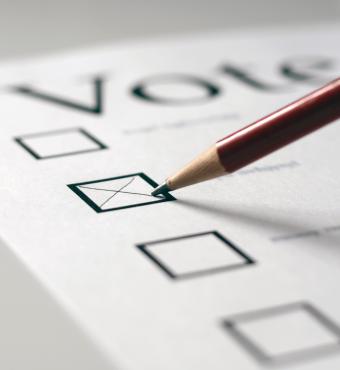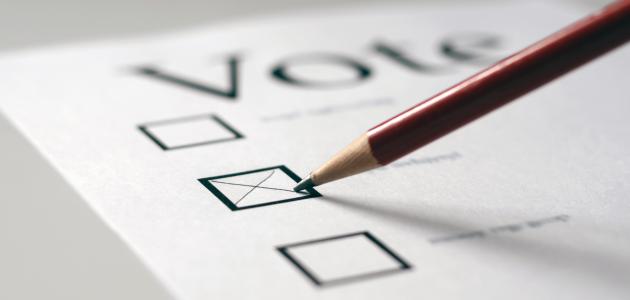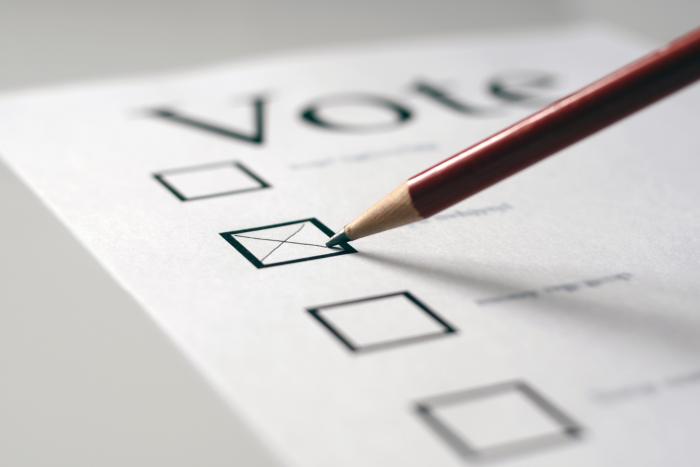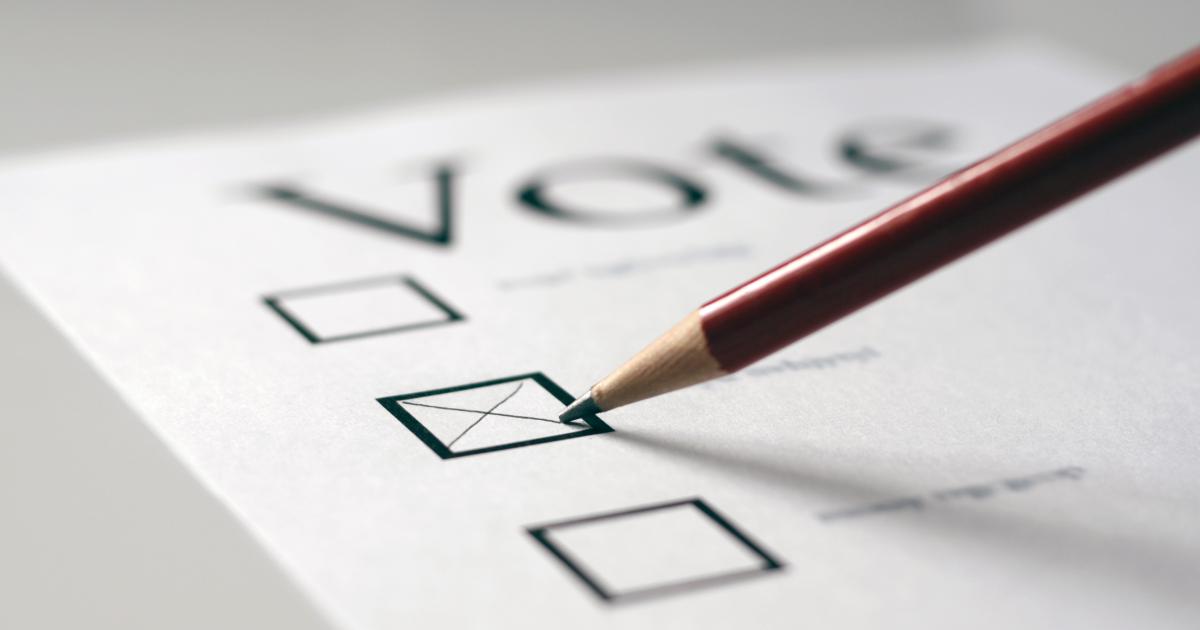- Politics, Institutions, and Public Opinion
- Campaigns & Elections
- State & Local
- California
Among the more curious comments of late by a California politician is the recent assessment of next year’s Democratic presidential primary in the Golden State, courtesy of Los Angeles mayor Eric Garcetti.
“Everybody’s been here,” Garcetti recently told an interviewer in reference to West Coast visits by 2020 hopefuls. “California will very much be in play.”
There are at least three ways to parse Garcetti’s words.
First, he’s the mayor of a metropolis that thrives on tourism—and ego-gratification. Democratic candidates visiting the Southland, even if it’s mostly for the sordid business of fundraising, is good for a small portion of the region’s economy (caterers, valet services). More important, it boosts the fragile psyches of those political activists who dwell on the west side of the City of Angels.
Second, maybe Garcetti wants to draw attention to the fact that he’s a marquee-free agent who’s yet to commit to a 2020 campaign.
California senator Kamala Harris, who’s been in the Democratic competition since late January, has collected endorsements from governor Gavin Newsom, San Francisco mayor London Breed, and San Jose mayor Sam Liccardo. The one Democratic big-city mayor missing: Garcetti, who publicly toyed with seeking the presidency before formally killing the speculation in late January.
A third possibility: Garcetti understands California’s underachieving history as a presidential decider and wants to keep hope alive that his state will be relevant come next March.
About California primaries: formerly held in early June, the vote has long struggled to have an impact on the two parties’ nominating process.
Yes, the Golden State was crucial to keeping Bobby Kennedy’s campaign afloat in 1968, but otherwise America’s largest state hasn’t played a large role in choosing presidential outcomes in the half-century since that year’s ill-fated night in Los Angeles.
Not for a lack of trying.
Prior to California’s 1996 presidential primary (Bill Clinton was seeking reelection, so the real competition was on the Republican side), state lawmakers advanced the vote to late March.
And in the lead-up to the 2008 cycle, California’s primary was advanced all the way to the first Tuesday in February (this time, both Republicans and Democrats competed to succeed the term-limited George W. Bush).
How did California fail to dramatically alter either race?
By the time Californians had a chance to vote in 1996’s primary, 31 other states had gone to the polls. California’s primary fell on March 26 of that year; Bob Dole had clinched the GOP nomination a week earlier after a series of lopsided wins in a handful of Midwestern states.
In 2008, California’s undoing wasn’t a candidate already “over the top” in pledged delegates. Blame it this time on the mob: that year, California’s February 5 primary coincided with votes in 22 other Super Tuesday states and territories. Hillary Clinton carried the Golden State; Barack Obama won 13 states (to her 8) and netted more pledged delegates. Advantage, Obama.
Remember that latter scenario—lots of states voting, lots of vote interpretation—11 months from now, when the Democratic race lands in California.
Officially, Californians will vote on March 3, just three days after the Democratic primary in South Carolina, a week after Nevada’s Democratic caucuses, and three weeks after the famous New Hampshire primary (here’s the latest schedule).
However, because of the state’s aggressive vote-by-mail program, California’s balloting actually will begin on February—the same day as the Iowa caucuses. This is not a trivial matter: in 2008, more than four in ten Democratic primary ballots in California were done by mail; in 2018, that figure climbed to seven in ten.
That one-month window for voting, unusual for an early-primary state, makes it tempting to grant California added sway over the nominating process. Indeed, headlines like these—“California Could Have Seismic Impact on 2020 Democratic Presidential Race”; “How the California Primary Will Change the Democratic Nomination Process”—add to the hype.
But history suggests that California likely will suffer a different fate.
Iowa and New Hampshire don’t always choose future presidents (in 1992, Bill Clinton didn’t compete in the former and finished second in the latter but still won his party’s nomination). However, every other president going back to Jimmy Carter won at least one of those two contests.
Perhaps Senator Harris can afford to go a month without a win, until California votes March 3 to score a breakthrough. Then again, that sounds like Rudy Giuliani’s flawed strategy in 2008, when he figured he could afford to bypass Iowa and New Hampshire for the vote in Florida.
Giuliani finished a distant third—and promptly quit the race.
Besides, California again will be in a crowded space. At least 11 states are likely to hold primaries or caucuses on next year’s Super Tuesday. That includes Texas—perhaps a win for native son Beto O’Rourke, if he’s still in the race—as well as Minnesota, Oklahoma, and Vermont (states that Bernie Sanders carried in 2016). As in 2008, the mixed results could prompt the media to declare their own “winners” and “losers.”
Then again, there’s no guarantee of Harris carrying California, given that the “home-field advantage” doesn’t always play out in presidential politics.
In 2016, two prominent Floridians competed for the GOP nomination. Senator Marco Rubio finished a distant second in his home state to part-time Floridian Donald Trump; Jeb Bush, by then no longer in the race, received only 1.8% in the state he once governed. In 2012, Rick Santorum suspended his campaign shortly before facing a likely loss to Mitt Romney in his home state of Pennsylvania. In 1992, Bill Clinton took down Jerry Brown in California (which voted in June).
How then to make California more relevant to the nominating process?
The nation-state could push for a rule change in the awarding of delegates: make it winner-take-all instead of the current system of delegates awarded by individual congressional districts (this makes California’s vote not a statewide primary but, in effect, 53 mini-primaries). However, Democratic activists in the other 49 states would never grant California that powerful a role.
Another choice: defy the party and crash the space reserved for the first four states. But to do so would create two problems, one being the national party potentially punishing the nation-state by slashing the size of its convention delegation. Second, should California try to challenge the dominance of Iowa, New Hampshire, Nevada, and South Carolina, other states likely would join in on the fun. Before you know it, it’s another dozen-state Super Tuesday melee.
Maybe it’s best for California to think and act organically. The race for the Democratic nomination could be wide open by the time Super Tuesday rolls around. Harris and Sanders, who recently made a swing through San Diego, Los Angeles, and San Francisco, could compete fiercely on a district-by-district basis (Sanders reportedly already has 110,000 donors with Golden State ZIP codes).
And if the California dream of presidential kingmaker fails yet again? Like Charlie Brown missing the football, it won’t be first time the Golden State landed on its back in disappointment.
The good news: it will be early March, and nature will be in bloom—even if California’s political clout isn’t.







